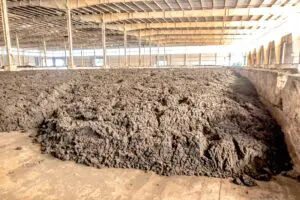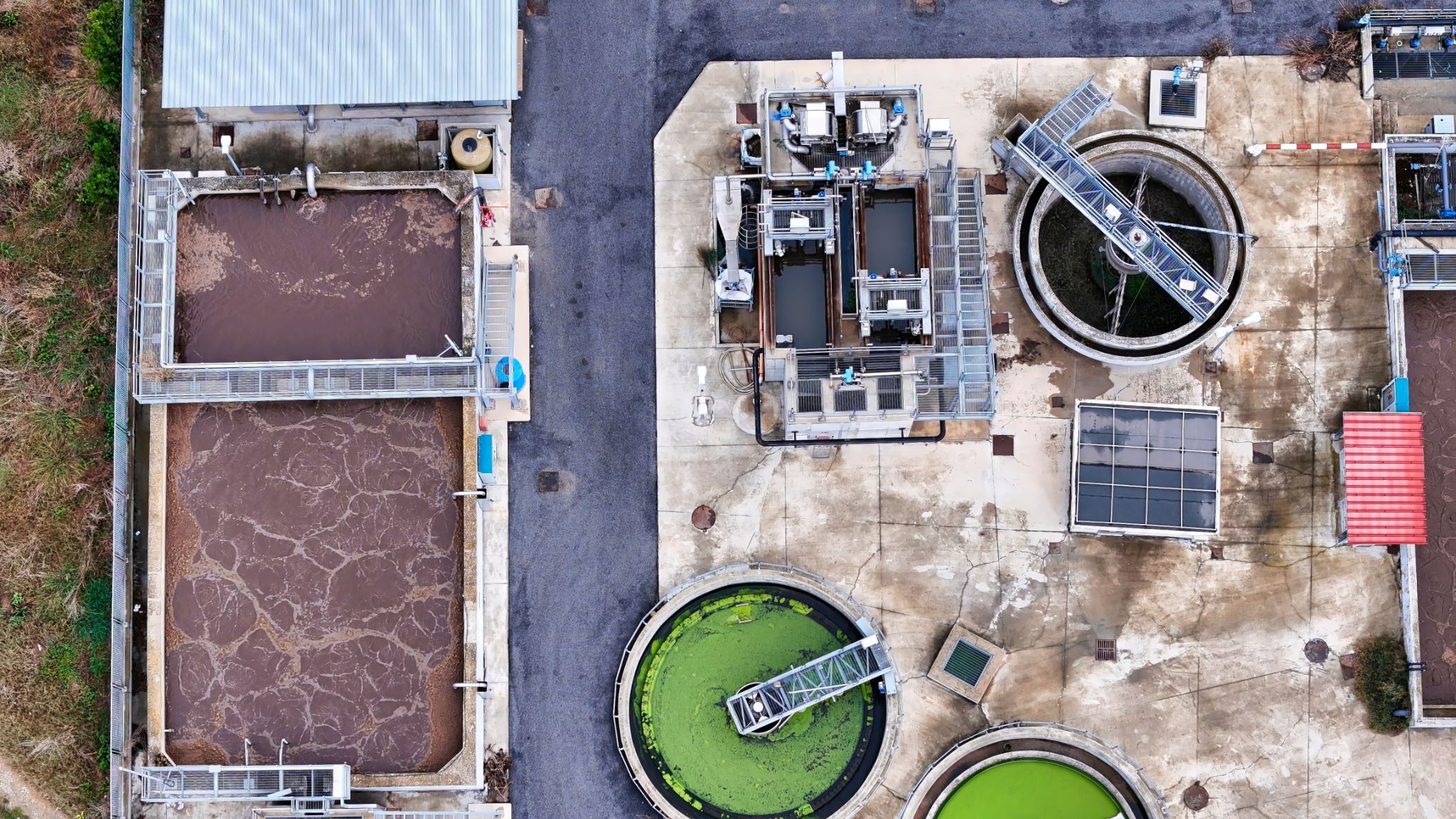From wastewater treatment plants to chemical industries, sludge is the unfortunate side-effect of many industries, and its mishandling can be quite detrimental to the environment and public health.
Adopting proper sludge disposal methods is essential for every industry looking to comply with regulations and proper environmental and health protocols. Let’s look at some of these sludge disposal methods and how your business can thrive by adopting them!
Why is Proper Sludge Disposal Important?
Sludge is a production by-product of wastewater treatment plants, industry and agricultural operations, and septic tanks.
Sewage and wastewater sludge and other types of sludge usually contain a combination of organic and inorganic components, water, various microorganisms and pathogens, heavy metals, and other chemical contaminants.
Given its toxicity, industrial sludge poses great risks to environmental and human well-being. These risks are why industries should prioritize safety measures to ensure proper sludge disposal methods to negate harmful, long-term consequences of pathogens and contaminants.
Not only is prioritizing proper sludge disposal important for environmental and public health safety, but it also helps industries maintain their reputation as caring for their communities, which leads to greater trust, industry growth, and a sizable return on investment.
The following are some of the primary reasons why sludge disposal is important and should be prioritized by all industries:
Regulatory compliance
To become legally compliant with sludge disposal, most industries must retain permits from environmental agencies and abide by zoning laws.
Environmental protection
National EPA regulatory standards limit the concentration of heavy metals, pollutants, and contaminants that can be released into the environment. To negate heavy fines, industries should always abide by regulatory standards.
Public health
As an ethical responsibility to their communities, industries should prioritize public health to prevent health hazards such as water contamination and air pollution.
Economic feasibility
By understanding the most efficient and environmentally friendly ways to dispose of sludge, industries can learn to minimize their use of chemicals, water, and energy.
Sludge Treatment Methods for Proper Sludge Disposal
When disposing of sludge, there are various processes that sludge goes through to make it easier to handle, transport, and reuse for other purposes.
These treatment processes help denature and detoxify many harmful aspects of industrial sludge so that it can be utilized or reused sustainably.
The most common methods that treat industrial sludge before disposal include:
Stabilization
Stabilization is one of the most important treatment processes for reducing the toxicity of industrial sludge. Stabilization reduces pathogens, minimizes odors, decreases biological activity, and improves the sludge’s ability to be dewatered.
The typical stabilization methods of treatment include anaerobic and aerobic digestion (which involves the addition or the absence of oxygen), lime and chlorine treatment that suppresses pathogenic growth, and the addition of chemical additives to alkalize the pH of the sludge.
Dewatering
Dewatering involves removing water content from the sludge to reduce its weight and volume. This makes the sludge firmer in consistency, easier to manage, and more cost-effective to handle and dispose of.
Industrial sludge dewatering also improves the efficiency of other treatment processes, such as stabilization. Dewatering reduces energy and treatment costs, making dewatering one of the most vital treatment processes for proper sludge disposal.
Pathogen Reduction
Since industrial sludge is usually loaded with bacteria, viruses, and other pathogens, sludge pathogen reduction is a wise treatment method for many industries.
Pathogen reduction goes through various methods such as anaerobic and aerobic digestion, composting, lime (calcium hydroxide) addition, thermal drying with temperatures over 100 Celsius, advanced oxidation processes, pasteurization, chemical disinfection, and irradiation.
Every industry has its pathogen reduction protocols, and the most suited choice of the listed processes above depends on the type of by-product created and the volume of the sludge.

The Most Common Sludge Disposal Methods
Once sludge is treated for handling, the last step is disposal! Industrial sludge removal depends on several conditions, primarily the type of industry, the characteristics of the sludge, regulatory requirements, economic factors, and environmental and public safety.
However, there are safe and efficient ways to dispose of sludge across industries. Let’s discuss them as well as the benefits of each sludge disposal method.
Landfilling
Landfilling involves transporting dewatered sludge to a landfill for disposal. To be used in landfills, sludge must first meet certain chemical and pathogenic criteria to be accepted for disposal. Likewise, proper liners and leachate systems can be erected to ensure there is no groundwater contamination.
The benefits of landfilling for sludge disposal include simplicity, convenience, cost-effectiveness, and long-term effectiveness as a solution for sludge that cannot be easily treated or reused.
Land Application
Treated sludge can be reused as a fertilizer in agriculture, especially after treatment for safe levels of chemicals and pathogens.
However, due to stringent agricultural regulations designed to prevent nutrient runoff and soil contamination, using sludge for land application purposes is most suited for sludge that is less toxic and easier to treat.
The benefits of using sludge as fertilizer include soil nutrient density, particularly that of nitrogen and phosphorus, and helping farmers with cost reductions and agricultural productivity.
Anaerobic Digestion
During this disposal process, sludge is decomposed by microorganisms through the absence of oxygen. The resulting methane-rich biogas can be turned into a renewable energy source.
Any remaining sludge is then dewatered and disposed of through other means.
Incineration
Incineration is another way to dispose of high volumes of sludge. The process uses high temperatures to reduce sludge into ash. Some industries also use the heat-activated process to generate electricity.
The downside of using incineration as a sludge disposal method is pollution.
To prevent environmental contamination, advanced pollution control systems can be erected to manage heavy metal and dioxin emissions into the environment.
Composting
Composting is another way to deal with industrial sludge disposal needs. The composting process involves mixing sludge with bulking agents and letting the mixture decompose through oxygen exposure.
Composting is one of the most effective and sustainable methods of sludge disposal. It not only helps to offset the burden of disposing of sludge at landfills, but it also helps fortify agricultural and gardening soil with nutrients.
Compared to other disposal methods such as incineration, composting is one of the most energy-friendly choices.
Sludge Removal Services
Adequate sludge disposal methods are essential for industry growth, reputation, and longevity. It’s a win-win process that takes into consideration both industry interests and those of the community.
Sludge disposal companies like Environmental Remedies understand regulatory and environmental laws and which sludge removal services are best utilized for specific industry projects.
If you’re looking for quality and cost-efficiency, we have over three decades of experience serving various industries with state-of-the-art industrial cleaning in Atlanta. Get in touch today for a quote on your next sludge removal project!






